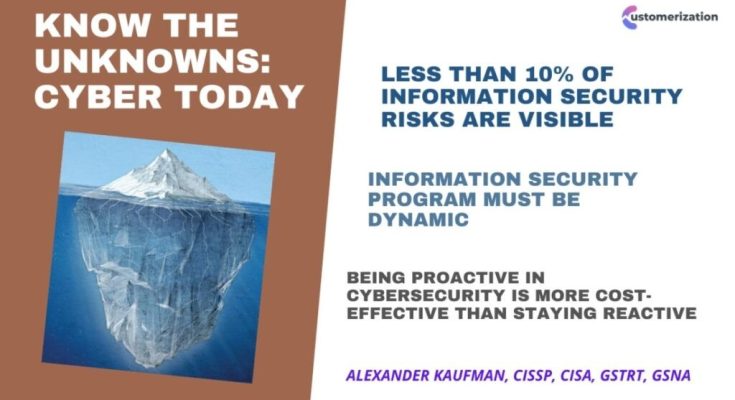Risk is an inherent part of doing business. Every decision, every investment, every expansion carries with it a degree of uncertainty. Some risks are visible and quantifiable—market volatility, regulatory changes, operational inefficiencies. Others lurk beneath the surface, harder to detect and even harder to prepare for. These unknown risks, while elusive, can be the most disruptive. The challenge for business leaders is not to eliminate risk entirely, but to transform it—from something vague and threatening into something understood and managed. That transformation begins with awareness and ends with protection.
The journey from unknown risks to known protections starts with asking the right questions. What don’t we know? Where are the blind spots? These questions aren’t easy, and they often require humility. It’s tempting to rely on past experience or industry norms, but the landscape is constantly shifting. A company that once felt secure in its supply chain may find itself exposed when a geopolitical event disrupts logistics. A firm confident in its cybersecurity may discover vulnerabilities only after a breach. Recognizing that unknown risks exist is not a sign of weakness—it’s a sign of strategic maturity.
Once the possibility of unknown risks is acknowledged, the next step is to explore them. This involves gathering data, seeking diverse perspectives, and engaging in scenario planning. Businesses that invest in risk assessments, stress tests, and external audits gain a clearer picture of where they stand. These exercises don’t just identify threats—they reveal interdependencies. A financial institution might uncover that its reliance on a single vendor creates a cascade of risk across multiple systems. A manufacturer might realize that climate-related disruptions could affect both production and distribution. These insights turn ambiguity into clarity, and clarity is the first step toward protection.
Protection, however, is not just about mitigation—it’s about resilience. It’s about building systems, cultures, and strategies that can absorb shocks and adapt quickly. Insurance plays a vital role here, offering financial safeguards against specific risks. But protection also comes from diversification, redundancy, and agility. A business that diversifies its supplier base, invests in employee training, and builds flexible infrastructure is not just hedging against risk—it’s preparing to thrive in uncertainty. These measures don’t eliminate risk, but they reduce its impact and accelerate recovery.
Technology has become a powerful ally in this process. Predictive analytics, artificial intelligence, and real-time monitoring allow businesses to detect patterns and anticipate disruptions. These tools turn reactive strategies into proactive ones. A retail chain using AI to forecast demand can adjust inventory before shortages occur. A logistics firm using sensors and data analytics can reroute shipments in response to weather events. Technology doesn’t replace judgment—it enhances it. It provides the visibility needed to move from unknown to known, and from known to managed.
Culture is equally important. Organizations that foster openness, curiosity, and continuous learning are better equipped to identify and respond to emerging risks. When employees feel safe to speak up, share concerns, and challenge assumptions, hidden threats are more likely to surface. A culture that values transparency and accountability creates a feedback loop that strengthens protection. It ensures that risk management is not confined to a department but embedded across the organization. That collective vigilance turns risk awareness into a shared responsibility.
Leadership plays a pivotal role in guiding this transformation. Leaders must champion the shift from reactive to proactive, from denial to discovery. They must allocate resources, set priorities, and model the behaviors that support resilience. A CEO who invests in risk management, communicates openly about challenges, and encourages cross-functional collaboration sets the tone for the entire enterprise. Their commitment signals that protection is not a cost—it’s a capability. It’s a strategic asset that enables growth, innovation, and confidence.
Ultimately, the path from unknown risks to known protections is not a one-time effort—it’s a continuous journey. It requires vigilance, adaptability, and a willingness to evolve. The business environment will always contain elements of uncertainty, but uncertainty doesn’t have to be paralyzing. When businesses embrace the process of discovery, invest in resilience, and cultivate a culture of awareness, they turn risk into a source of strength. They move from reacting to shaping, from fearing to preparing. And in doing so, they build organizations that are not only protected but empowered—ready to face whatever comes next with clarity and confidence.



